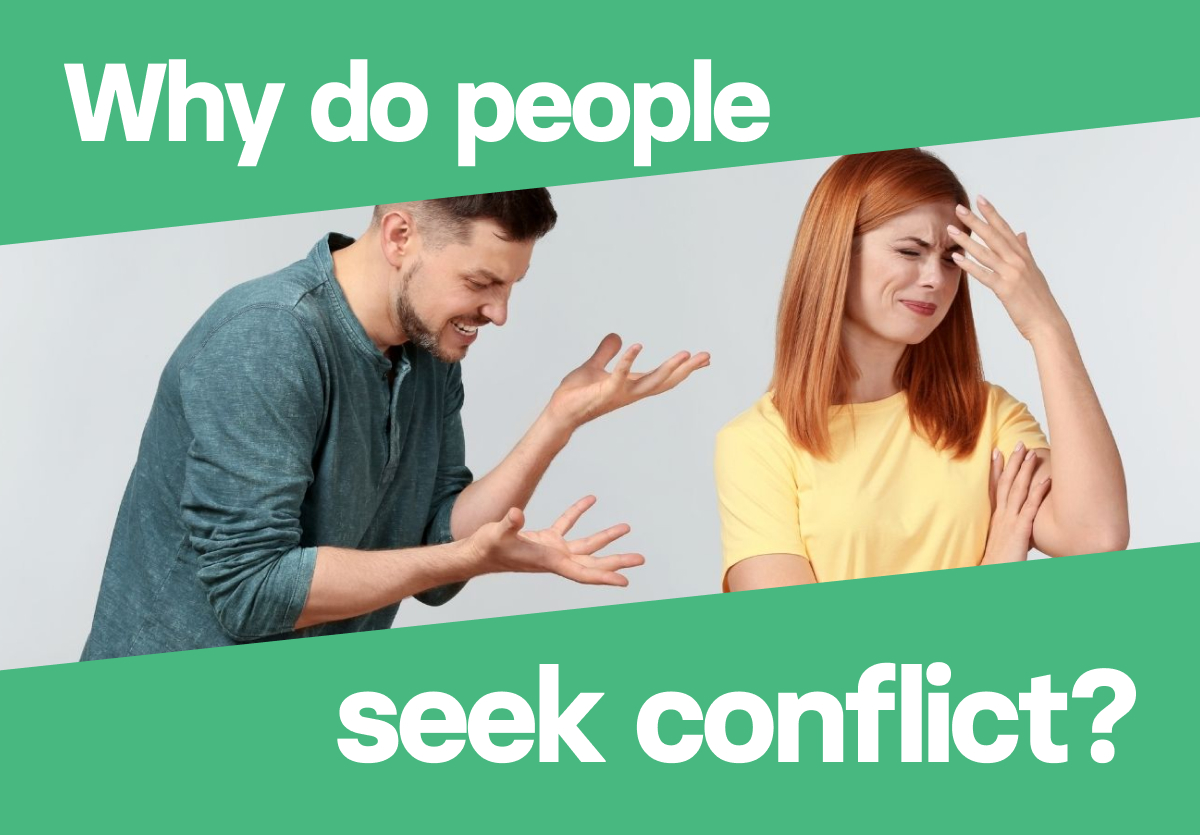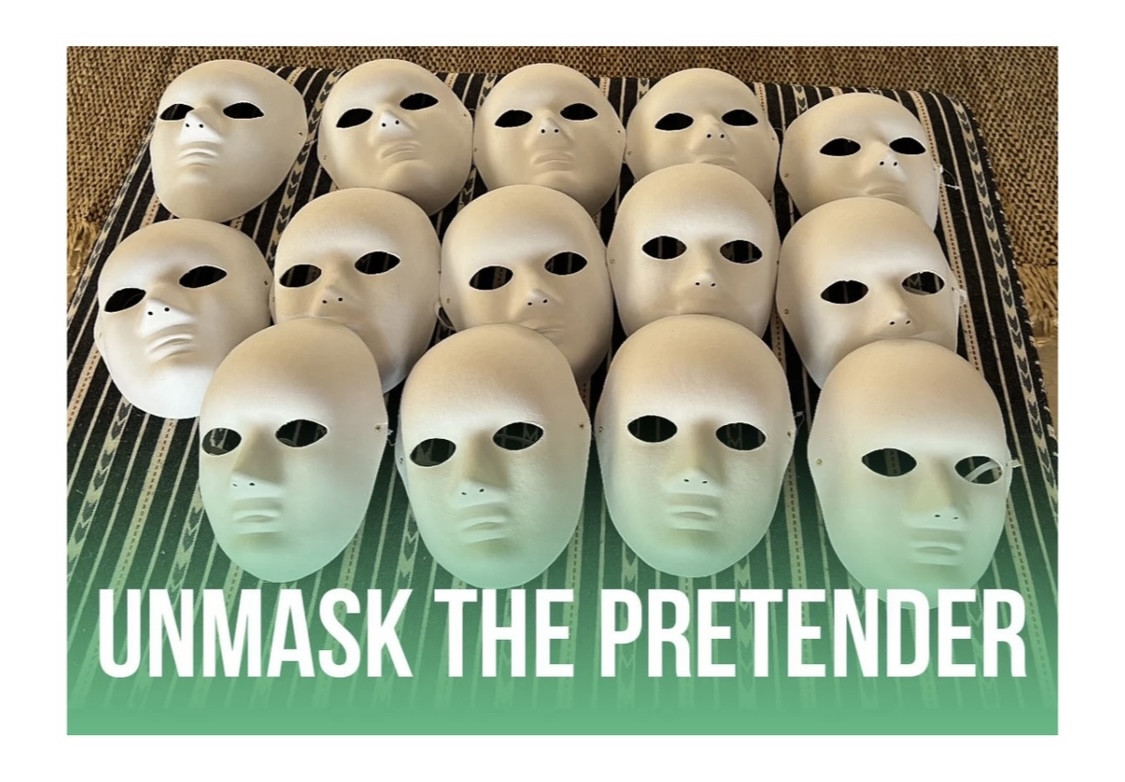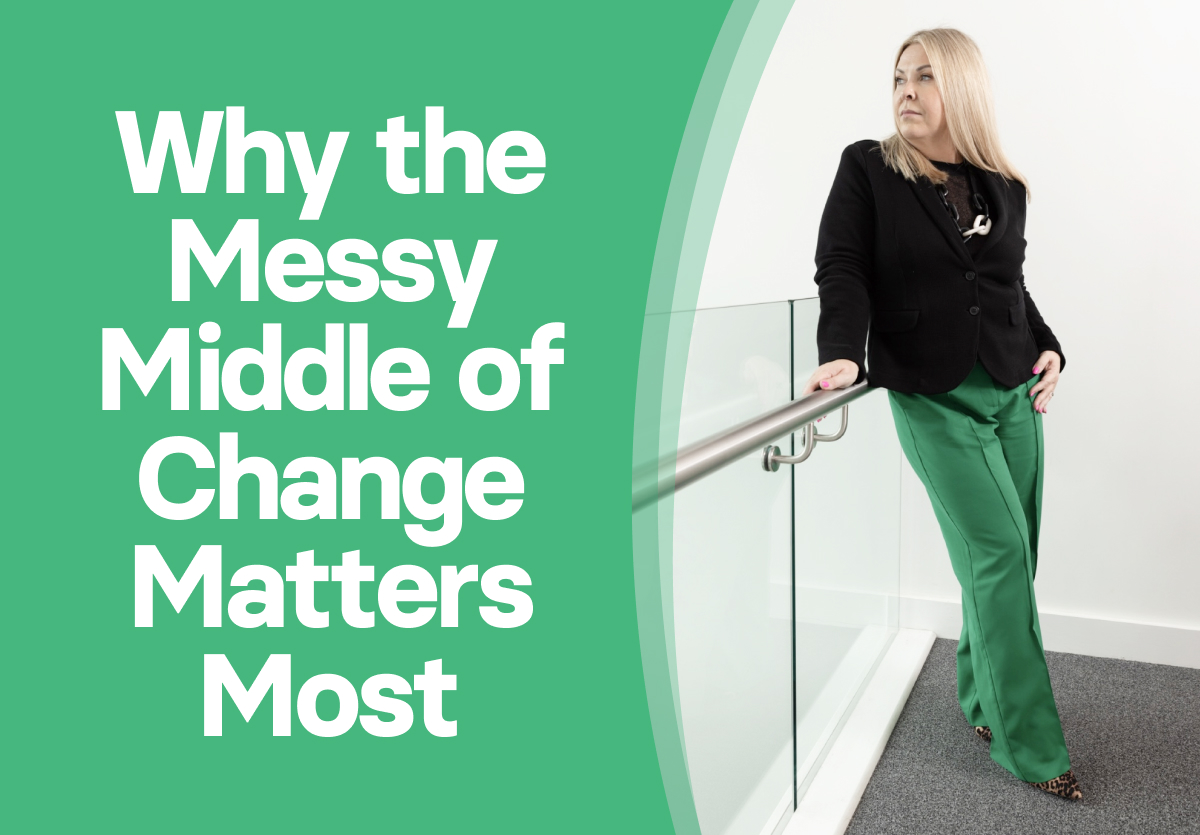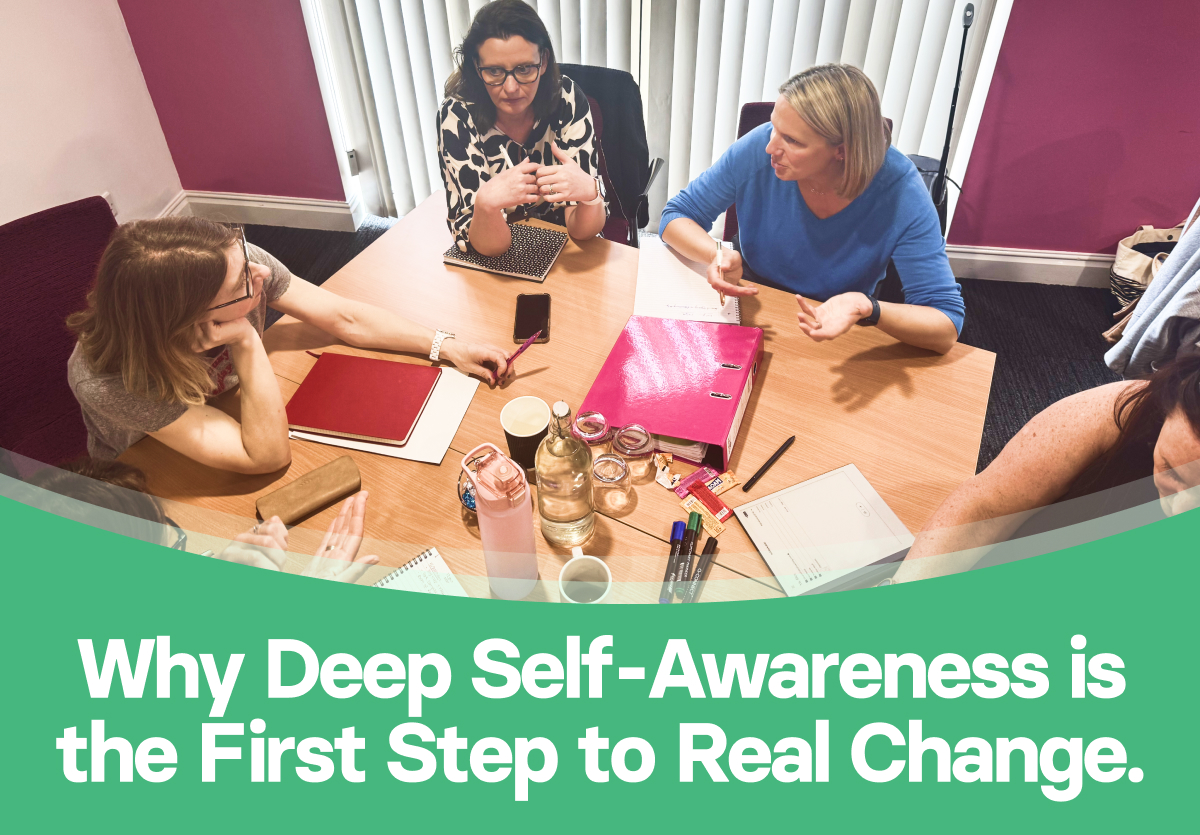We like to imagine that we are creatures who long for peace. Yet, if you study human behaviour closely, you’ll find that we are also creatures who seek conflict. It sits in our bones, not as a moral failing but as an evolutionary imprint.
Conflict brings with it a strange kind of aliveness. It sharpens the senses, floods the body with energy, and provides something that calm cannot: the certainty of motion. When everything feels too still, too quiet, too undemanding, part of us stirs and starts looking for friction. We call it drama, argument, confrontation, but beneath the surface it is something simpler. It is our nervous system seeking familiarity.
At Paseda360 we see this pattern in so many of the clients and leaders we work with. It appears in different disguises. The high performer who thrives only when there is a crisis to solve. The partner who picks a fight just as things start to feel close. The manager who cannot stand stillness in a meeting and provokes tension to feel in control again. They do not do this because they enjoy chaos. They do it because conflict feels known, and safety, for them, has always lived on the edge of tension.
⸻
The Evolutionary Echo
Our ancestors survived because they were primed to detect threat. They needed to recognise danger faster than they recognised peace. The body learned to stay alert through activation: adrenaline, cortisol, the chemistry of survival. Thousands of years later, those same systems still hum beneath our skin. Conflict wakes them up.
That is why, for some people, peace feels unbearable. It is not that they dislike harmony. It is that their body does not yet understand what safety feels like without the charge of alertness. The quiet feels wrong. The calm feels flat. The absence of threat feels like absence of life.
As coaches, this is where our work begins. The person who seeks conflict is rarely seeking harm. They are seeking familiarity. Their system has confused intensity with safety. Helping them to see this is one of the most profound gifts we can offer.
⸻
Conflict as Identity
The psychology of conflict runs deeper than biology. It becomes tangled with identity. In the Paseda360 Pretender Model we explore how the masks people wear are not random costumes. They are coping mechanisms that once kept them safe. Each mask has its own relationship with conflict.
The Persecutor of Others may use it to regain power. The Perfectionist turns conflict inward, battling themselves over every mistake. The People Pleaser creates silent conflict between what they feel and what they show. The Persecutor of Self burns energy in constant inner arguments.
When a person lives inside one of these identities, conflict becomes a home. It is noisy and uncomfortable, but it confirms who they think they are. A Persecutor feels alive when defending. A Perfectionist feels purposeful when fixing. A Pleaser feels safe when avoiding a storm but creates one inside instead.
So when we ask a client to give up conflict, we are not simply asking them to be peaceful. We are asking them to step out of the only home they have known. That takes patience, compassion, and precise coaching.
⸻
The Body’s Search for Aliveness
From a neurological perspective, conflict activates the sympathetic nervous system. Heart rate increases. Blood pressure rises. Focus narrows. For some, this state feels exhilarating. It is a reminder that they exist.
When someone has lived with chronic stress, or has been shaped by environments where tension meant importance, the absence of that sensation can feel hollow. Calm becomes suspicious. Quiet becomes dangerous. This is why emotional regulation sits at the centre of Human-Centric Coaching. Regulation is not about taming emotion; it is about teaching the body that safety and stillness can coexist.
Through tools such as Havening, we show clients how to down-regulate their nervous system. We help them feel what calm actually feels like, not as emptiness but as a grounded, steady state. In that space, they learn that aliveness does not have to mean agitation.
⸻
The Psychology of Unmet Needs
Human behaviour is rarely without purpose. Even destructive patterns are attempts to meet unmet needs. A person who feels unseen may provoke conflict to become visible. A person who fears disconnection may start an argument to test whether they still matter. A person who doubts their worth may challenge authority to feel competent again.
When you look through a Human-Centric lens, conflict becomes communication. It is clumsy, yes, but it is honest. The task is to decode it rather than judge it.
At Paseda360 we teach that every behaviour has a logic when viewed from the inside. The client who repeatedly stirs the pot is not trying to be difficult. They are trying to fill an internal void. Once they understand the need beneath the noise, the conflict often dissolves on its own.
⸻
The Self-Value Connection
Self-value is the foundation of the Paseda360 approach. It is the baseline from which all other growth emerges. When self-value is low, conflict often becomes a way to feel momentarily worthy. The argument becomes a performance. Winning means mattering. Being right means being safe.
We see this in organisations all the time. Meetings that turn into battlegrounds. Relationships that rely on power struggles. People competing for validation instead of collaborating for purpose. Beneath it all is a fragile self-value system. When people no longer believe in their inherent worth, they manufacture worth through combat.
Coaching at this level means helping clients see that their value is not conditional on victory. They can lose an argument and remain whole. They can be wrong and still be worthy. That is where real transformation begins.
⸻
When Calm Feels Unsafe
The moment a client begins to experience true calm can be confronting. They might describe it as boredom or restlessness. They may feel agitated without knowing why. Their mind begins to search for something to fix, someone to fight, somewhere to go.
This is the body’s withdrawal from conflict. It is the nervous system learning a new rhythm. The unfamiliarity of peace is uncomfortable, but it is also evidence of growth. As they practise self-soothing, perhaps through Havening or simple grounding exercises, their tolerance for calm expands. Slowly, safety moves from the realm of concept into lived experience.
⸻
The Coach’s Stance
Many coaches become uneasy when conflict enters the room. It feels messy. It disrupts the idea of harmony. Yet in Human-Centric Coaching, we view conflict as data. It tells us how the client regulates emotion, how they manage identity, and where their boundaries blur.
Rather than trying to calm things down too quickly, we hold the space steady. We stay curious. We invite reflection.
What does this conflict give you?
What would happen if it disappeared?
Who might you be without it?
These questions unearth truth. They lead the client beyond surface tension into the heart of their patterns.
⸻
Conflict as a Mirror
Conflict is not a malfunction in the human system. It is a mirror that reflects what remains unresolved. It shows us where belonging has been broken, where needs have gone unspoken, where self-trust has eroded. The aim is not to erase conflict but to understand what it is trying to reveal.
In that understanding lies freedom. When people learn to meet their own needs directly, they no longer need to create external storms. When they can regulate their bodies and trust their identities, they stop seeking aliveness through drama.
Conflict then transforms from a battleground into a teacher. It points towards the next piece of work. It says, quietly, something in you still wants to be seen.
⸻
The Human Condition
To be human is to wrestle with contradiction. We crave harmony but chase tension. We fear conflict yet recreate it. The paradox is not a flaw; it is a clue.
Those who seek conflict are not broken. They are simply trying to find themselves in the only language they know. Our role as coaches is to help them learn a new one.
At Paseda360 we call this the shift from reaction to regulation. It is the moment a person realises they no longer need conflict to feel alive. They can find aliveness in connection, in calm, in authenticity.
That is where transformation begins. Not in the absence of conflict, but in the courage to understand it.
⸻
Interested in Learning How to Coach at This Depth?
If this article resonates, you’ll love the Advanced Practitioner in Transformational Coaching.
This ILM Assured and Association for Coaching Accredited programme teaches you how to coach the whole human — past, present, and future — using psychology, neuroscience, and therapeutic insight to create lasting change.
You’ll learn the Paseda360 methodology, including emotional regulation techniques, identity work, and trauma-informed practice, so you can confidently hold space for transformation, not just goal-setting.
Discover the Advanced Practitioner Programme → Click Here







